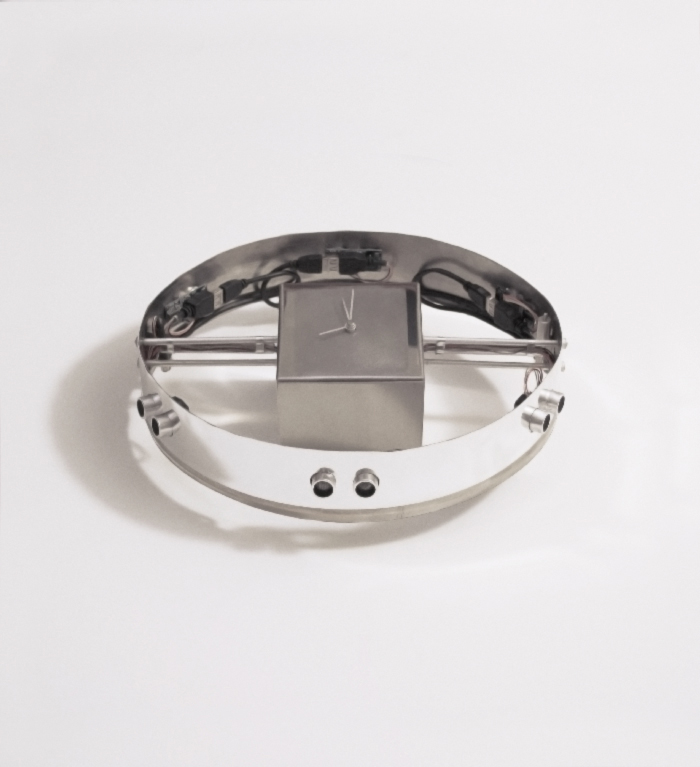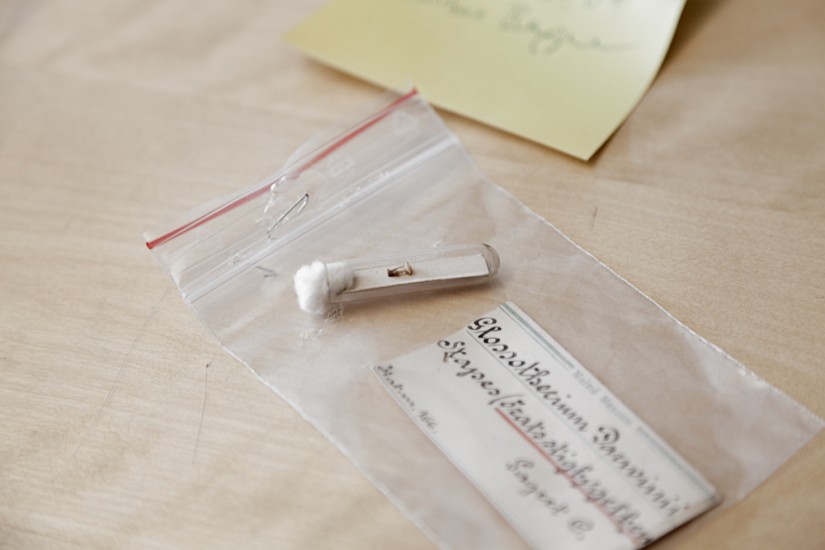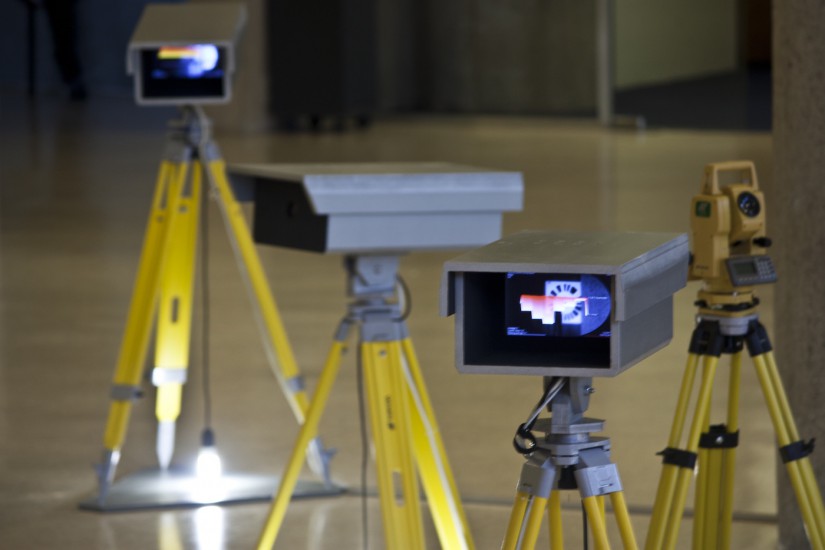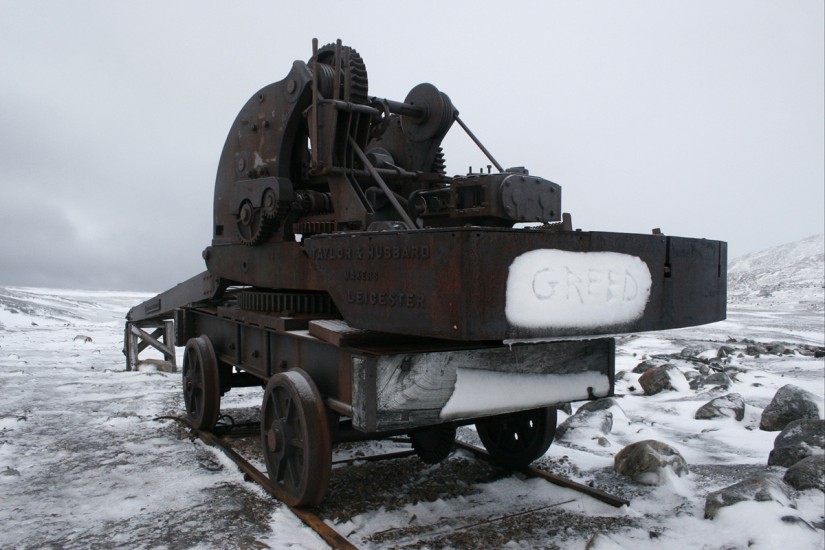Torna Fuori Uso dopo quattro anni di assenza, inaugura venerdì alle ore 19 nei locali dell’ex Tribunale di Pescara.
L’obiettivo di questa edizione è ridare un ruolo chiave alle Accademie nel sistema dell’arte contemporanea, tanto che a garantire i giovani talenti sono proprio i docenti, in questa edizione di Fuori Uso; da qui il titolo: “AVVISO di GARANZIA”. A cura di Giacinto Di Pietrantonio e Simone Ciglia.
Tutti gli artisti di Fuori Uso 2016: Riccardo Benassi, Sara Carraro, Lorenzo Lunghi, Alessandra Pioselli (Accademia di belle arti di Bergamo) Francesca Grilli, Asia Giannelli, Piero Deggiovanni; Luigi Presicce, Mimì Enna, Lelio Aiello (Accademia di belle arti di Bologna) Pantani-Surace, Matteo Coluccia, Stefano Giuri, Cecilia Guida; Paolo Parisi, Lori Lako, Irene Lupi, Pier Luigi Tazzi (Accademia di belle arti di Firenze) Perino & Vele, Rachele Sabatino, Sevi e Tonti, Alberto Dambruoso (Accademia di belle arti di Foggia) Alfredo Pirri, Mattia Abballe, Annamaria Tanzi, Marco Tonelli (Accademia di belle arti di Frosinone) Enzo De Leonibus, Gioele Pomante, Eliano Serafini, Domenico Spinosa; Italo Zuffi, Simone Camerlengo, Manuele Ianni, Cecilia Canziani (Accademia di belle arti L’Aquila) Gianni Caravaggio, Alessandro Mazzatorta, Giacomo Monza, Rachele Ferrario; Marco Cingolani, Alessandro Boscarini, Giulia Trivelli, Giulio Ciavoliello; Gabriele Di Matteo, Gao Lan, Wang Haotian, Elisabetta Longari (Accademia di belle arti di Brera) Adrian Paci, Cecilie Hjelvik Andersen, Isabella Benshimol – Mati Jhurry, Caterina Iaquinta (Nuova Accademia di Belle Arti – Milano NABA) Moio & Sivelli, Alessandro Minervini, Girolamo Viola, Chiara Pirozzi (Accademia di belle arti di Napoli) Stefania Galegati Shines, Genuardi/Ruta, Marcello Carriero (Accademia di belle arti di Palermo) Donatella Landi, Lucia Bricco, Adelaide Cioni, Cecilia Casorati (Accademia di belle arti di Roma) Pierluigi Calignano, Martina Cara, Valeria Secchi, Sonia Borsato (Accademia di belle arti Mario Sironi – Sassari) Mario Airò, Emanuele Marullo, Gabriele Nicola; Simeone Crispino (Vedovamazzei), Mohsen Baghernejad Moghanjooghi, Vincenzo Napolitano Matilde Galletti (Accademia Albertina di belle arti – Torino) Luigi Carboni, Lavinia Cestrone, Alessia Neri, Umberto Palestini; Matteo Fato, Marco Bacoli, Danilo Giuseppe Sciorilli, Alberto Zanchetta; Giuseppe Stampone, Kane Caddoo, Claudio Zorzi, (Accademia di belle arti di Urbino) Nemanja Cvijanovic, Martin Verdross Collettivo del corso di Tecniche e Tecnologie delle Arti Visive / Accademia di Belle Arti di Venezia, Riccardo Caldura (Accademia di belle arti di Venezia) Luca Trevisani, Marco Rizzardi, Valentino Russo, Angela Vettese (Università IUAV di Venezia).





